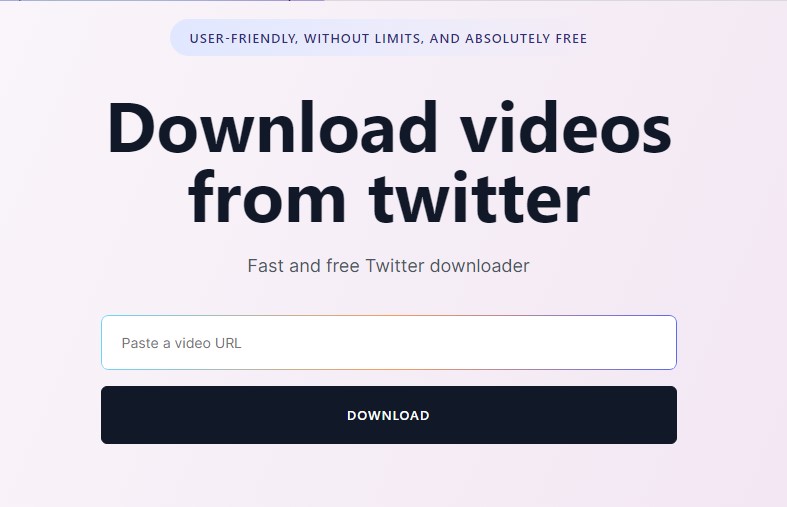In today's digital landscape, creating accessible and inclusive content on social media is not just a moral imperative but also a strategy to reach a broader audience. As diverse groups of people download video from tweet and engage with various platforms, ensuring that content is accessible to all, including those with disabilities, becomes crucial. This article explores the importance of accessible and inclusive content on social media and provides practical tips for creating such content.
Understanding the Importance of Accessibility in Social Media
Accessibility in social media is about ensuring that all content is easily perceivable, understandable, and navigable by everyone, regardless of their physical or cognitive abilities. This includes people with visual, auditory, motor, or cognitive disabilities. By making social media content accessible, creators not only comply with legal standards but also demonstrate social responsibility and inclusivity.
Utilizing Alt Text for Images and Videos
One of the simplest yet most effective ways to make social media content more accessible is by using alternative text (alt text) for images and videos. Alt text provides a textual description of visual content, which is essential for screen reader users. It ensures that the message of the visual content is conveyed to those who cannot see it.
Incorporating Closed Captions and Subtitles in Videos
Closed captions and subtitles are critical for making video content accessible, especially for individuals who are deaf or hard of hearing. They also benefit users who watch videos without sound. Many social media platforms now offer tools to add captions easily, and there are also third-party services that can transcribe audio content.
Ensuring Color Contrast and Readability
Good color contrast and readability are essential for users with visual impairments. Social media content should avoid color combinations that are difficult to distinguish and ensure that text is legible against its background. Tools like color contrast analyzers can help determine if content meets accessibility standards.
Using Descriptive Hashtags and Emojis
When using hashtags and emojis, it's important to be descriptive and consider how they will be interpreted by screen readers. Avoid stringing multiple words together in a single hashtag and choose emojis carefully, keeping in mind that their descriptions will be read aloud by screen readers.
Creating Content with Clear and Simple Language
Using clear and simple language makes social media content more accessible to individuals with cognitive disabilities, as well as those whose first language is not the language of the content. Avoiding jargon and complex sentence structures can make content more understandable and inclusive.
Offering Multiple Ways to Consume Content
Providing content in multiple formats, such as text, audio, and video, can make social media posts more accessible. This approach caters to different preferences and abilities, ensuring that a wider audience can engage with the content.
Being Mindful of Neurodiversity
Creating content that is mindful of neurodiversity involves considering how it might be perceived by individuals with neurological differences, such as autism spectrum disorder. This includes being cautious with sensory stimuli like flashing lights or loud noises, which can be overwhelming for some users.
Regularly Seeking Feedback and Improving
Regularly seeking feedback from users about the accessibility of social media content is crucial. This feedback can guide improvements and adjustments, ensuring that the content remains as inclusive and accessible as possible.






